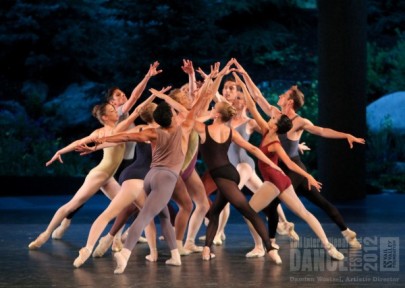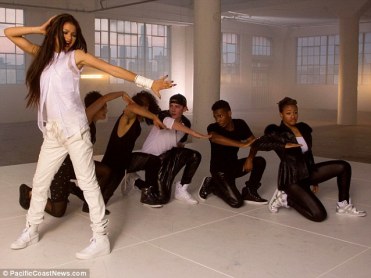The focus this week was based upon concepts of contrasted movement – Dart/Dash, Strong/Sustained, Light/ Sustained, Light/Flow/Smooth and how these work to enhance dance performances and movements.
Carrying out a variety of movements and contrasting them with corresponding “opposite” actions enhances the experience through adding a level of diversity and in turn creates more engaging and interesting activities.
Conducting a lesson based on movement and finding contrasting movements allows students to further explore actions and gain a sense of juxtaposition between each varied movement.
This allows for a level of cognitive reasoning, as students must observe a particular action and come up with a contrast for it.
These types of activities could be particularly useful in an earlier Stage setting (S1 or ES1), to enable students to learn more about the types of movements their bodies can perform.
Young (2010) discusses the benefits of carrying out dance activities with young children. Through collaboration and sharing of space children learn both social and spatial skills, as well as developing their skills in deciphering opposite and contrasting movements. (Young, 2010)
Daily Mail. (2013). Hip hop dancing. [Image]. Retrieved from: http://i.dailymail.co.uk/i/pix/2013/07/16/article-0-1AD715B1000005DC-203_638x479.jpg
Starlite Dance Studio. (2012). Silhouetted dancers. [Image]. Retrieved from: http://starlitedancebx.com/wp-content/upload/2009/09/Silhouette20Dancing20People.jpg
The Winger. (2012). Ballet dancers. [Image]. Retrieved from: http://thewinger.com/wp-content/uploads/2012/08/moves-600×428.jpg
Young, C. (2010). Creative Dance Starters for Young Children. YC Children. Retrieved from Proquest.com


